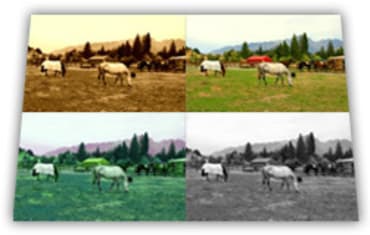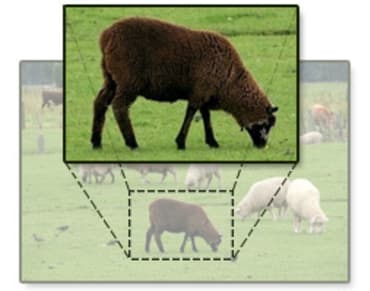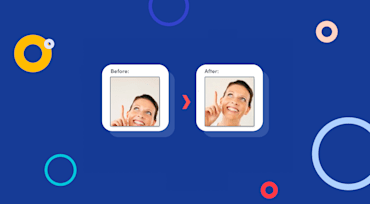


After our recent, somewhat technical posts, we wanted to lighten things up with Cloudinary's latest (cool) semantic image transformation feature. Keeping people privacy in photos by automatically blurring their faces.

UPDATE - Since this post was published, we have added a more advanced solution that allows delivering private and authenticated images to your users. See the documentation on Media access control for more details.
Different web applications have very different requirements when images are involved. A dating website will focus its image-related attention on normalizing and delivering his user uploaded snapshots. A pinterest style service is focused on retrieving external images from around the web and fitting them to its cool layout. An eCommerce website is focused on the effective delivery of the many product thumbnails it depicts.

Websites, blogs and web applications regularly embed video content from various video service providers such as YouTube and Vimeo. Videos are usually depicted using image thumbnails, tweaked to fit the graphics design of the website. When a video thumbnail is clicked, the actual video content starts playing.

If you Google for “Hello Cloudinary”, you will find some intriguing articles claiming that Cloudinary is a Photoshop replacement. Well, although the comparison is very flattering and we do believe that Cloudinary is a fantastic service for web developers, we never thought of our service as a replacement for Photoshop. However, some image transformation features of Cloudinary allow web developers and web designers to dynamically modify the look & feel of their website’s images in an extremely easy way without manually processing their images using an image editing desktop software. In this blog post we wanted to describe some of Cloudinary’s newest features - applying effects and filters on images.



Cloudinary provides many built-in image resizing and cropping options: filling or fitting to required dimensions, scaling image up or down, cropping to a thumbnail, and so forth. When cropping you'll need to specify an anchor, or gravity. The image crop can be anchored to the image's center, top, left, etc. The cropping can even be relative to faces detected in the image.


Cloudinary’s roots go back to when we needed to embed users’ uploaded images and profile pictures for web projects we’ve developed.
We had to show people and faces of users in various dimensions and perspectives, and the process proved cumbersome.